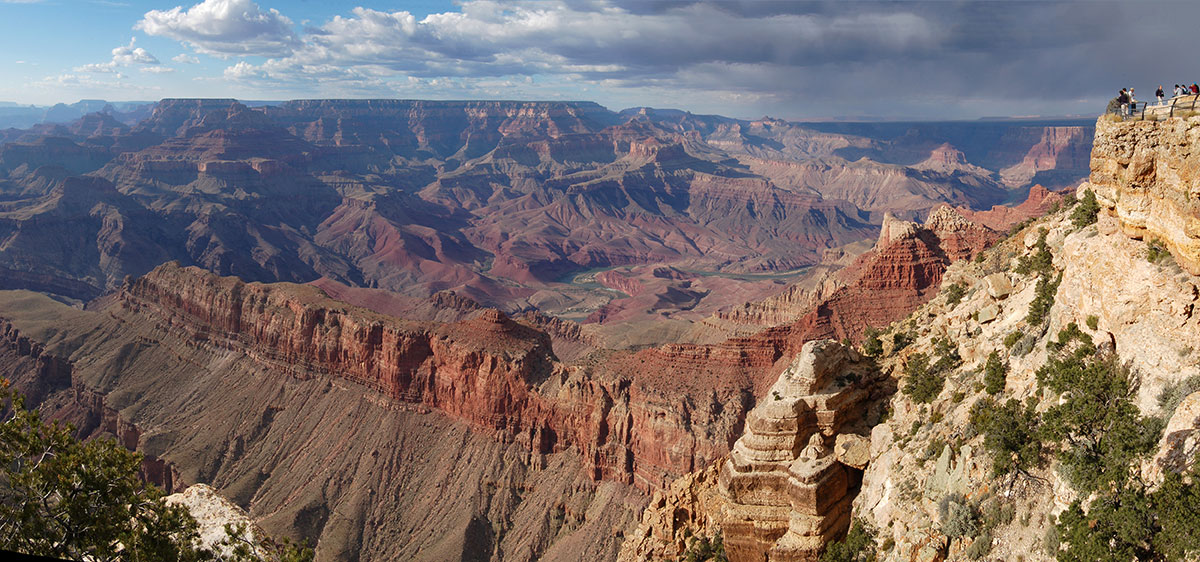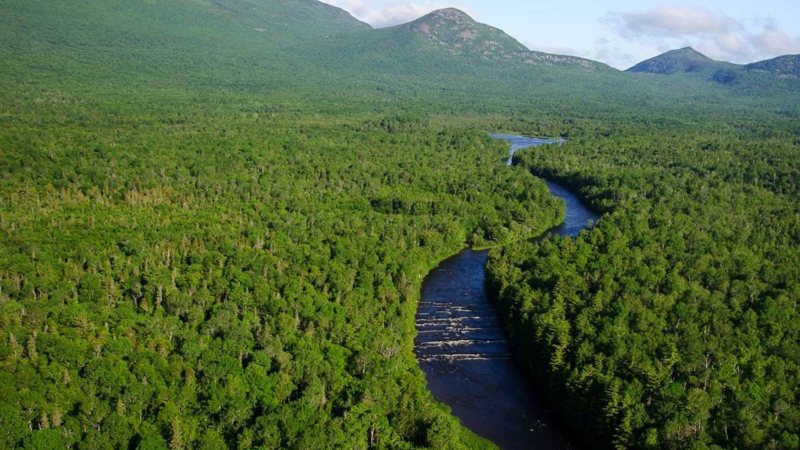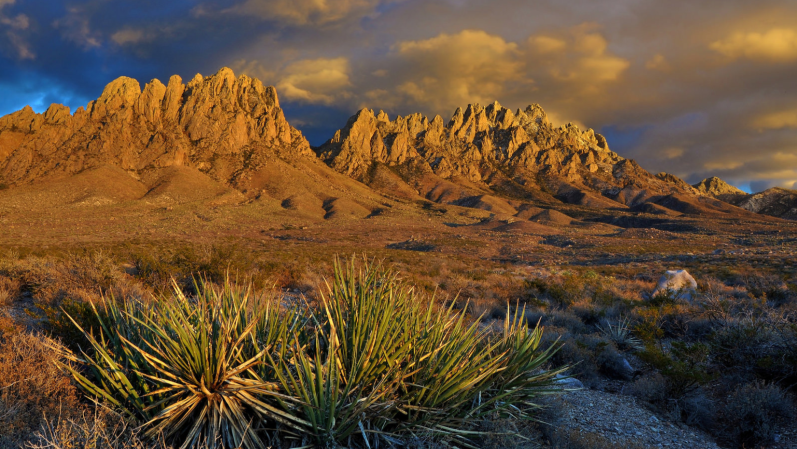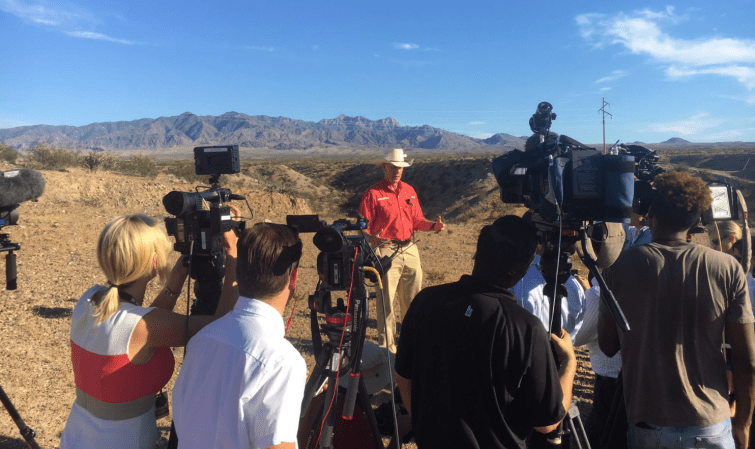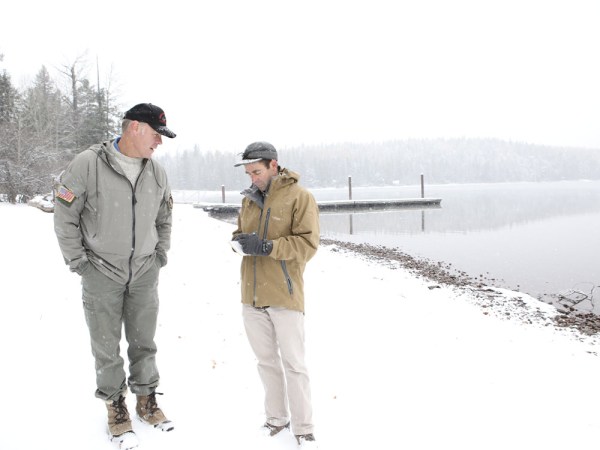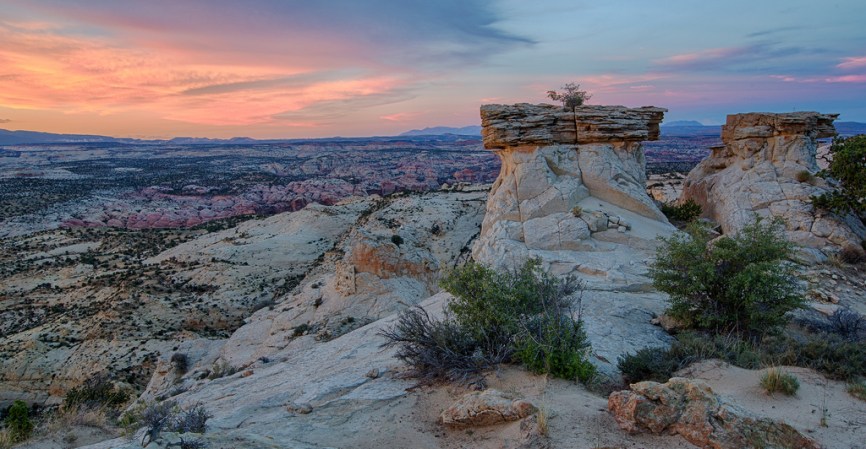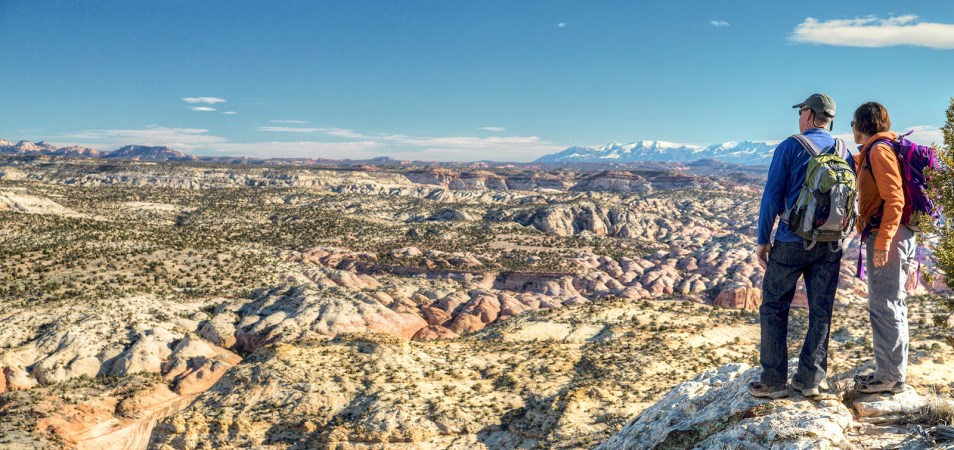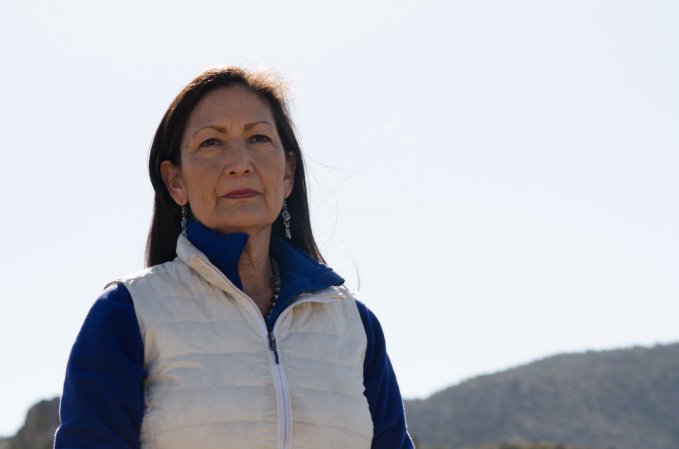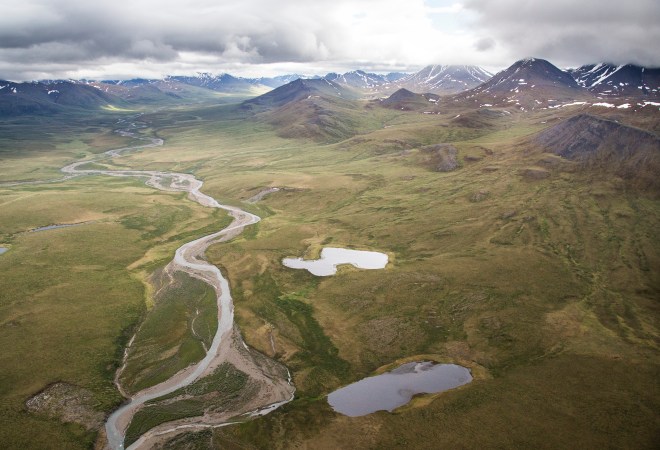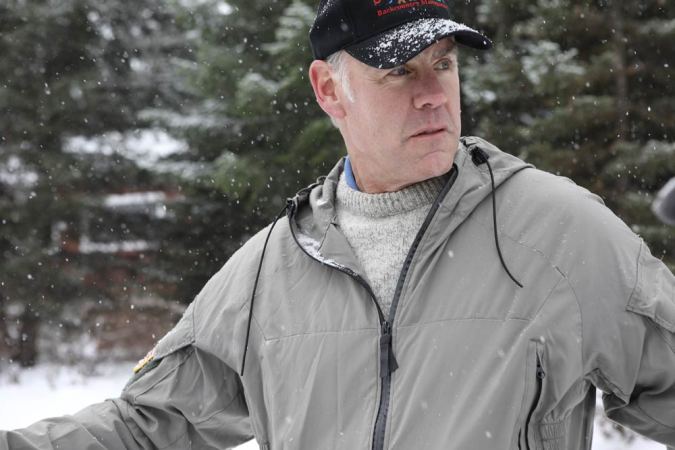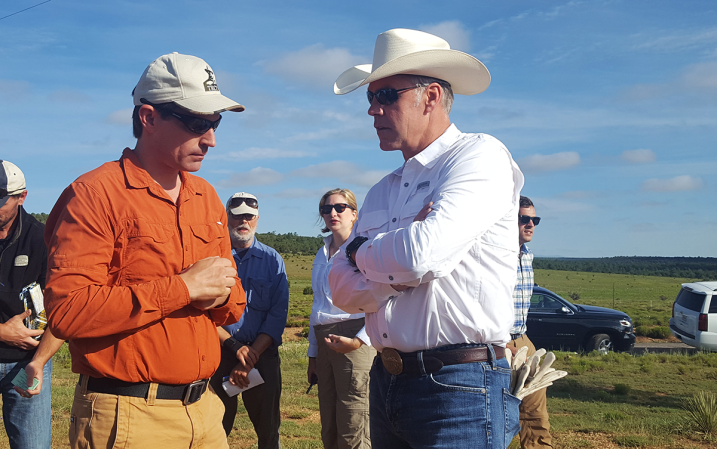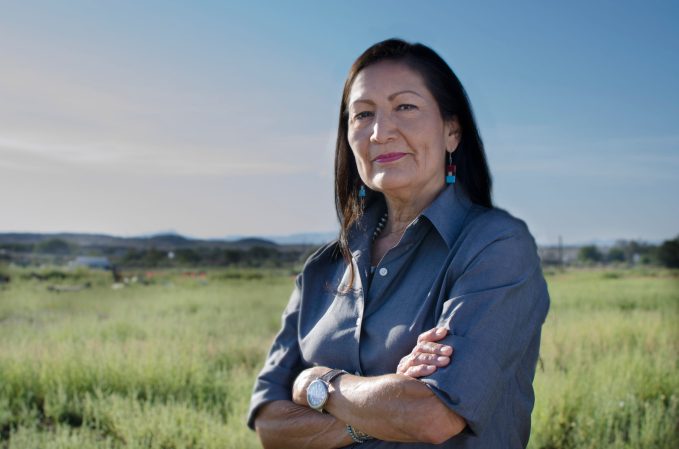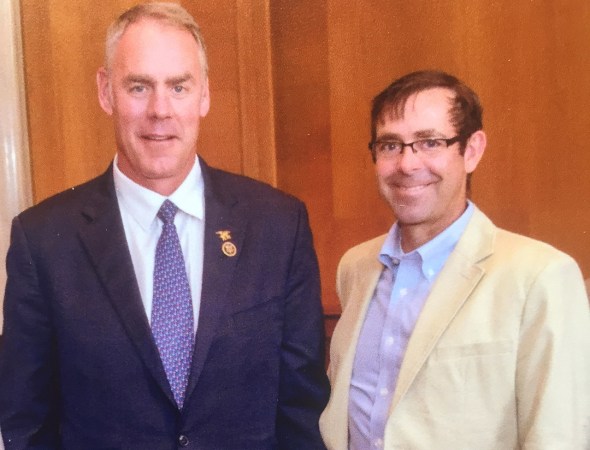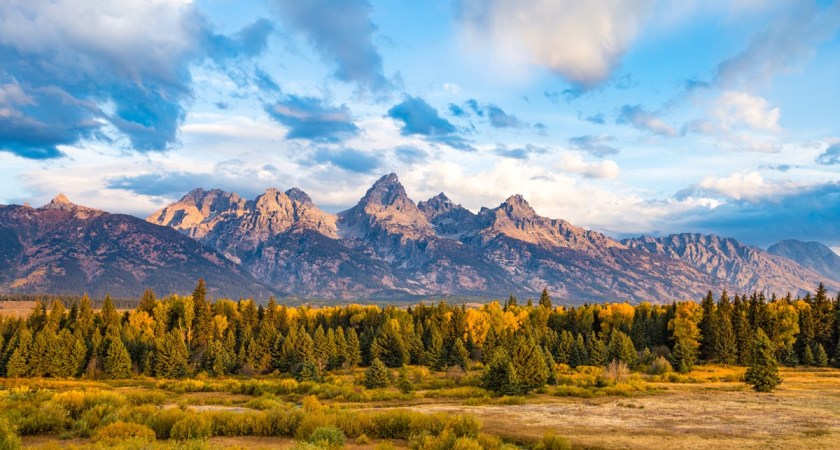Dear Secretary Zinke,
Thank you for allowing an opportunity to comment on the enduring value of national monuments, specifically the 27 monuments detailed in Executive Order 13792 that you have proposed for elimination or reduction in size. I understand that the deadline for receiving comments regarding monuments is July 10. Please accept these as my official comments, and please note that I stand in opposition to any change in size or management of our current roster of national monuments.
It appears the purpose of your review is to confirm your own support for monuments. That’s the only way I can understand your order, as a clever (and slightly subversive) way to call attention to these special places that are reservoirs of the American qualities of equality, adventure, self-reliance, and democracy.
After all, you have repeatedly identified yourself as a “Teddy Roosevelt Republican.” The father of the Antiquities Act—the legislation that enables the creation of National Monuments —Roosevelt recognized that monuments are a tool to elevate the very best of our best public lands by giving them a status that allows true multiple use while protecting the integrity of remarkable landscapes for future generations. While I think it’s healthy to periodically review government decisions, I think you—especially if you emulate TR—would agree that national monuments are among America’s best ideas and entirely worth celebrating, not eliminating.
Apparently, your strategy is working. When I last looked, more than 1 million fellow citizens have commented in support of monuments. Please add my note to that growing roster of monument champions.
LAND-SALE PROTECTION
There are many reasons to support monuments—and I’ll detail some of them below—but the most compelling reason in the current political climate of federal-land liquidation is to insulate them from those who would turn these American heirlooms into national sacrifice areas.
I’m sure you’re aware of this land-transfer movement, promulgated by many in your own party. It’s a short-sighted attempt to divest the federal government of land that provides 26 million sportsmen and women a place to hunt and fish every year. Rural jobs depend on this hook-and-bullet economy. In 2014, $51 billion was spent on recreating on federal lands.
We sportsmen have done a pretty good job of battling back these misguided attempts to transfer public lands, but it’s a little like fighting a wildland fire. Every time we look, there’s another spot fire to stamp out—lest it grow into an inferno—with dozens of proposals to strip the feds of land-management authority introduced at county, state, and national levels every month.
Monument status permanently closes the door to the sale or transfer of public lands inside the monument boundary. That alone is enough for me to support the broadest definition of a national monument. And it prompts me to ask you not to reopen the door to the sale or transfer of these vital public lands.
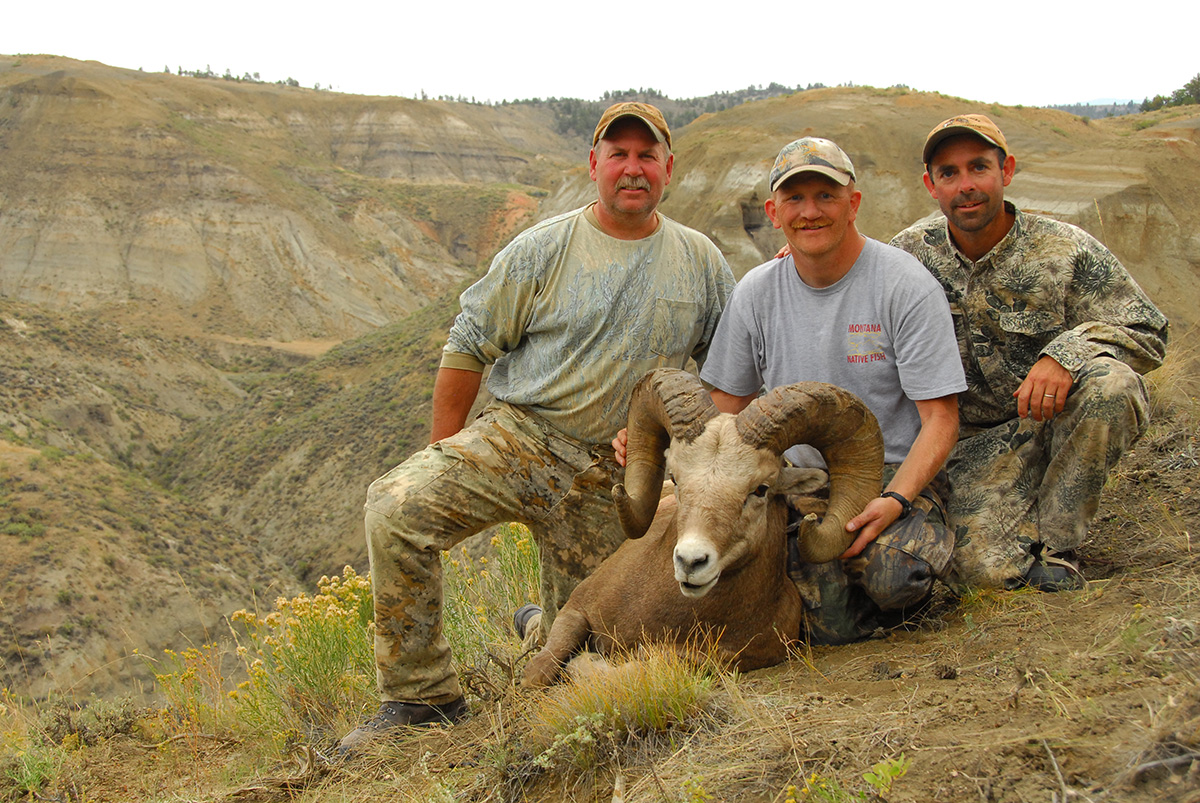
VALUE OF PUBLIC LAND
But there’s another reason I support monuments. I live in eastern Montana, not far from the Upper Missouri River Breaks National Monument, one of the 27 monuments on your review list. As you know as a fellow Montanan, this part of the state doesn’t have crystal-clear rivers or snow-capped mountains. Out here, we are dry, remote, and struggling both economically and demographically. But I feel rich as a king, living here, because I am surrounded by public land where I can hunt, fish, hike, or explore without asking anyone’s permission or forgiveness. The Missouri River Breaks is the beating heart of this kingdom of public land.
The rationale for your review suggests that monuments on your list are not in the public’s interest because they were created with little public notice or local support. That is certainly not the case with the Missouri Breaks Monument, which was the subject of 18 months of public meetings conducted by the BLM’s Central Montana Resource Advisory Council. And then, after the state reviewed the designation, another round of public meetings generated more than 1,000 comments from Montanans who support the monument.
I just returned from Taos, New Mexico, where I floated and fished the remarkable Rio Grande del Norte National Monument. Designation of that monument, in 2013, was the culmination of years of work by local ranchers, sportsmen, and business owners and is widely supported throughout the region. In a meeting convened by your predecessor, Interior Secretary Ken Salazar, support was unanimous among the several hundred people who attended a public meeting to gauge local interest in establishment of a monument. How many times have you seen unanimity of any federal decision?
THE DEFINITION OF ANTIQUITY
I’m going to stick with the Rio Grande del Norte Monument for a second, because I think it illuminates an important, and overlooked, aspect of the Antiquities Act.
Some critics of the act claim that it was originally intended to protect battlefields and other relatively small, discrete properties that played a role in our nation’s history and prehistory. I take a more expansive definition of the term “antiquities,” one on full display in the Rio Grande del Norte Monument.
This is a monument literally surrounded by the sweep of history. The Wild & Scenic stretch of the river here contains native Rio Grande cutthroat trout, which any American recognizes as a precious living artifact of this stunning landscape. Deep in the canyon are petroglyphs depicting bighorn sheep. During my float of the river last month, I spotted wild desert sheep both upstream and downstream of these ancient rock carvings, evidence of the timeless value of these remarkable animals.
Then there’s the traditional use of this landscape. The monument is open to hunting, fishing, firewood cutting, and pinon nut gathering. All those activities have taken place here for thousands of years by ancestors of the nearby Taos Pueblo, whose members continue to use the monument for traditional purposes. More recently, local ranchers and sheepherders graze their livestock on the monument, which is also used by elk and mule deer hunters, trout anglers, and fly-fishing, float-tripping, and outfitting companies that rely on the river and its surrounding public land to sustain their businesses.
This quality of respecting the past while benefitting present users and conserving the land for future visitors is precisely the sort of value that the Antiquities Act was designed to protect and promote.
That a monument perpetuates traditional uses is a point worth stressing, because it’s not well understood by those who would call monuments “land grabs” by a distant and out-of-touch federal government. These are already federal, public lands. Monument status doesn’t add acreage to the public estate, and private land inside monument boundaries is not subject to restrictions that govern management of public land.
But monument status ensures that these landscapes are protected for future generations. So a new coal mine, for instance, can’t be developed in the Missouri Breaks, or a hydroelectric project can’t dam up the Rio Grande inside the Taos monument.
To anyone who considers that a property-rights “taking” or an improper restriction of industry, I recommend you visit a monument to experience the primal richness of the landscapes that we can—and must—pass on to our grandchildren’s grandchildren.
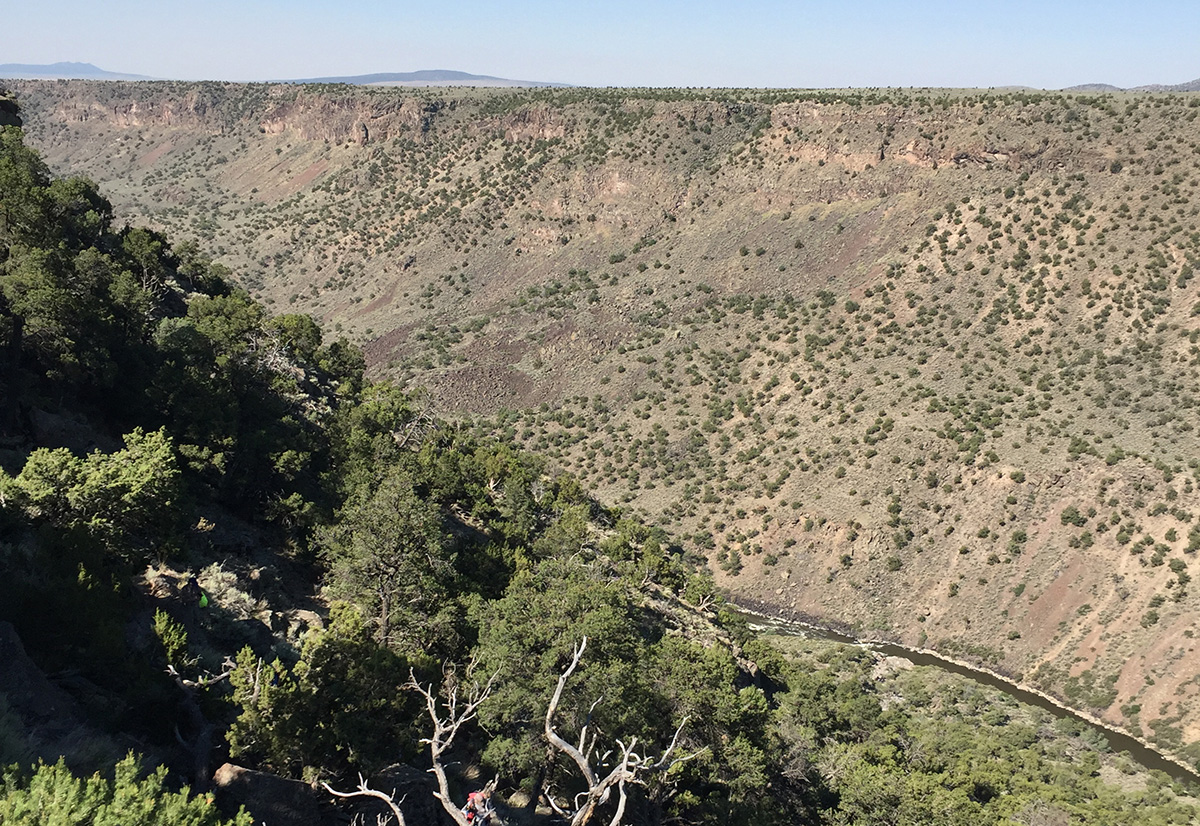
PROBLEMATIC PROCLAMATIONS
I do think it’s worth noting, as a way of agreeing with your review, that monument designations can be problematic and politicized. The fact that a number of monuments were designated in the waning days—and in some cases, the waning hours—of an outgoing president’s administration is not in the public interest. President Clinton didn’t do any favors to his successors (or to the best possibilities of the Antiquities Act) with his midnight establishment of the 1.7-million-acre Grand Staircase-Escalante National Monument in southern Utah in 1996.
It seems that one intention of your review, to re-evaluate monuments established after Jan. 1, 1996 that are larger than 100,000 acres, is designed to reconsider the legitimacy of the Grand Staircase-Escalante Monument. I hope that the reconsideration of one monument doesn’t impugn the validity of all monuments. And I hope your review also addresses one shortcoming of monument designation: the inability for wildlife agencies to do meaningful habitat work inside their boundaries.
I hope your review reveals that monuments enjoy almost bipartisan and wide public support. Even the most recent Utah monument, Bears Ears (www.fs.fed.us/visit/bears-ears-national-monument), was the subject of years of meetings with various user groups in southeast Utah.
If this public process and local input is important to you, as you have indicated in the rationale for your review, then it’s worth asking why earlier this year you abolished the BLM’s Resource Advisory Councils, whose very role was to facilitate public discussion about the value of monuments. Secretary Zinke, you can’t have it both ways, criticizing the lack of public input while closing the conduit that supplies it.
I’d like to return to a final inconsistency. You continue to define yourself as a Theodore Roosevelt conservationist. That definition means something to those of us who cherish the land ethic and vision of our 26th president.
Roosevelt recognized and promoted the intrinsic value of our public lands as places that defined the American characters of independence, equity, and liberty. But TR also exhibited traits that I think are in short supply right now. He had the intestinal fortitude to speak truth to power, and he had the depth of his convictions to lead, even when it wasn’t politically popular.
If you continue to borrow from Roosevelt’s legacy, as I hope you do, it’s fair to ask you: What would TR do with this opportunity to question the integrity of national monuments? I think he would say it’s time to stop demonizing monuments and the process that created them, and instead to celebrate them as a collection of the best of our landscapes, and places to exercise true multiple use on our most remarkable public lands.
I encourage you to take no action on this misguided and ineffectual review of monuments, and instead to devote your department’s resources to adequately funding the management of our existing national treasures.
Accessibly Yours,
Andrew McKean, Editor-in-Chief, Outdoor Life
Click here to submit your own comment about the review of 27 national monuments.

